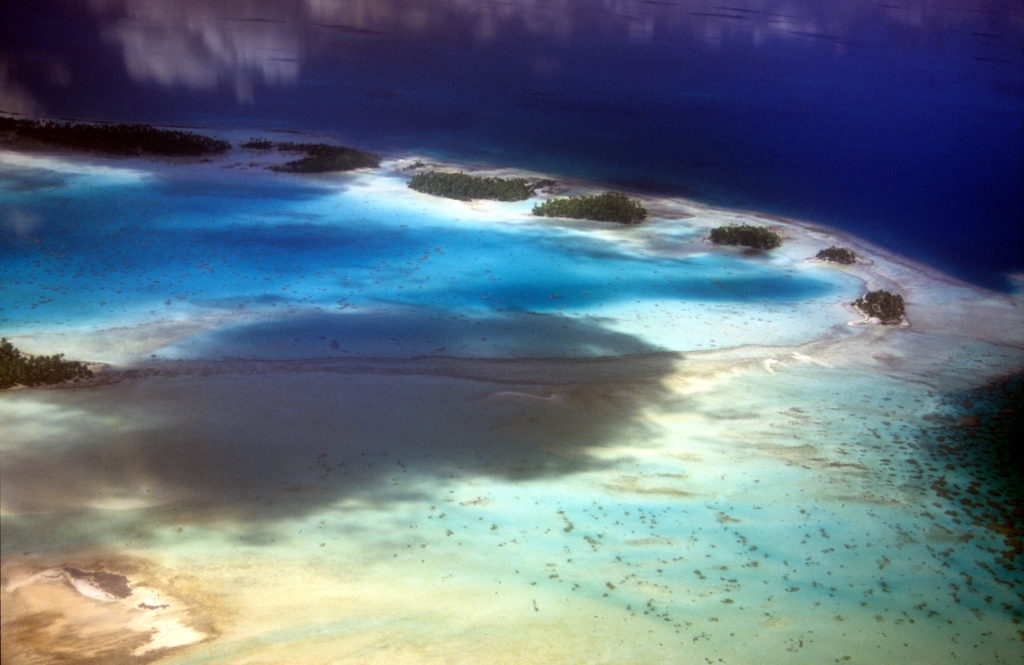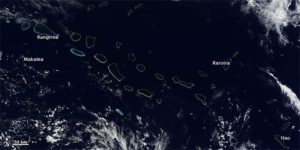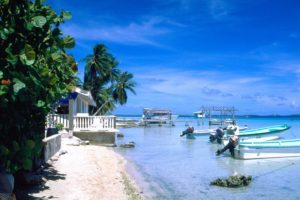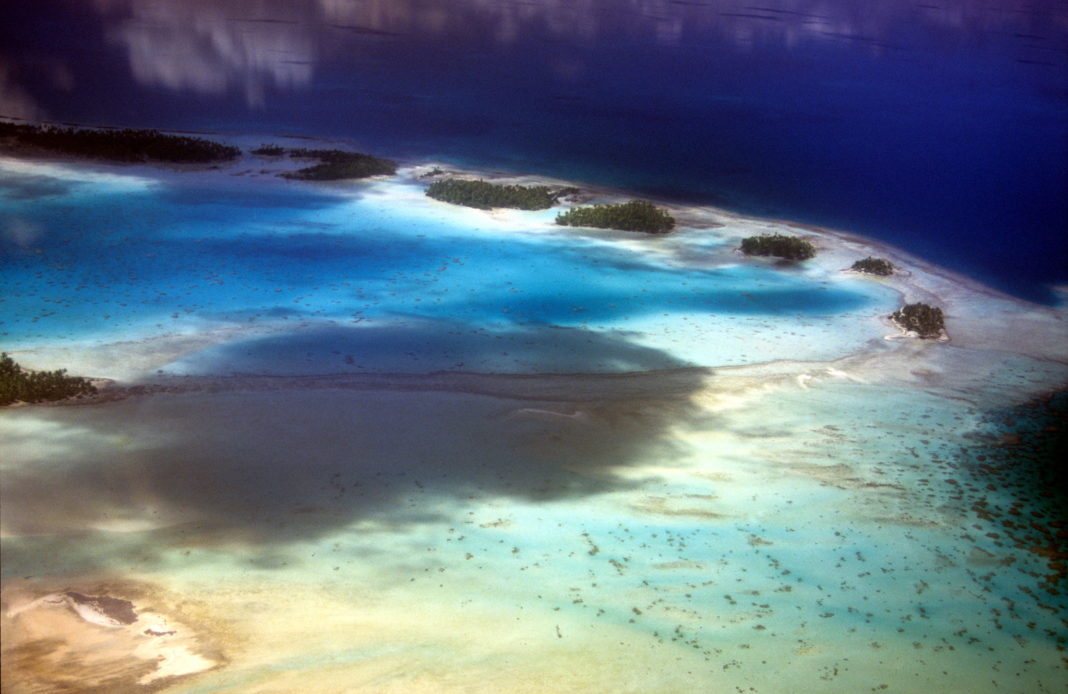The Tuamotu Archipelago or the Tuamotu Islands is a French Polynesian chain of just under 80 islands and atolls in the southern Pacific Ocean. They constitute the largest chain of atolls in the world, extending (from northwest to southeast) over an area roughly the size of Western Europe. Their combined land area is 850 square kilometers. This archipelago’s major islands are Anaa, Fakarava, Hao, and Makemo.

The Tuamotus have approximately 16,000 inhabitants. The islands were initially settled by Polynesians, and modern Tuamotuans have inherited from them a shared culture and the Tuamotuan language.
The first known European encounter with the Tuamotus was with the Portuguese sailor Ferdinand Magellan, during his circumglobal voyage in 1521, undertaken in the service of the Spanish Crown.

Despite the vast spread of the archipelago, it covers a total land area of only about 885 square kilometers. The climate is a warm tropical one, without sharply distinct seasons. The average annual temperature is a relatively continuous 26 °C. Water sources such as lakes or rivers are absent, leaving catchments of rain as the only source of fresh water. The annual average rainfall is 1,400 millimeters. Although average rainfall is lowest in September and November, it does not vary markedly throughout the year.

The archipelago is geologically highly stable because it was created by the action of the Easter Fracture Zone, which is only weakly active. There have been no volcanic eruptions during recorded history.
The ring-shaped atoll Taiaro, which lies in the northwestern portion of the archipelago, is a rare example of a coral reef that has a fully enclosed lagoon. Taiaro has been officially designated a UNESCO biosphere reserve since 1977.
According to Wikipedia; earthobservatory.nasa















